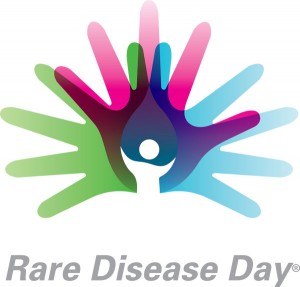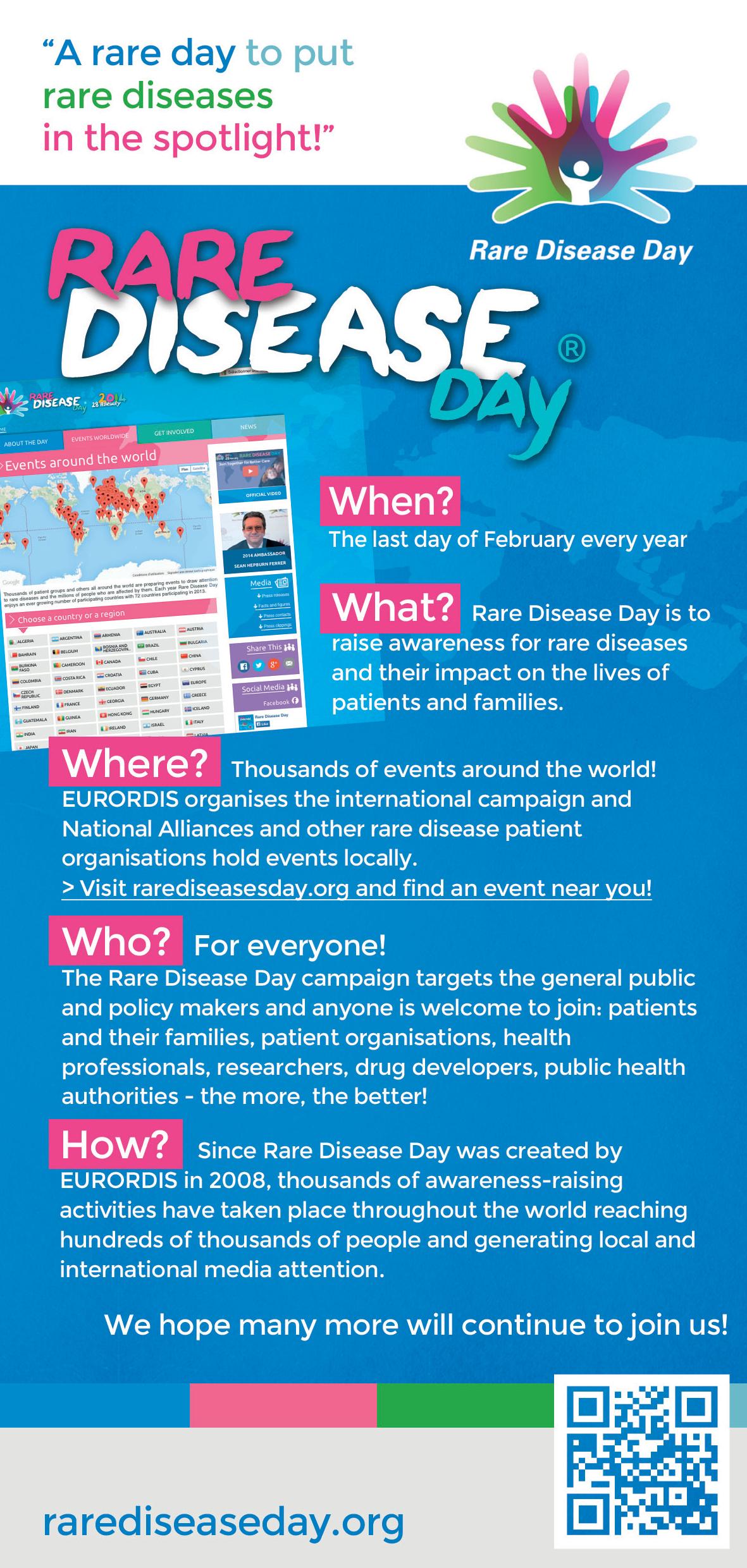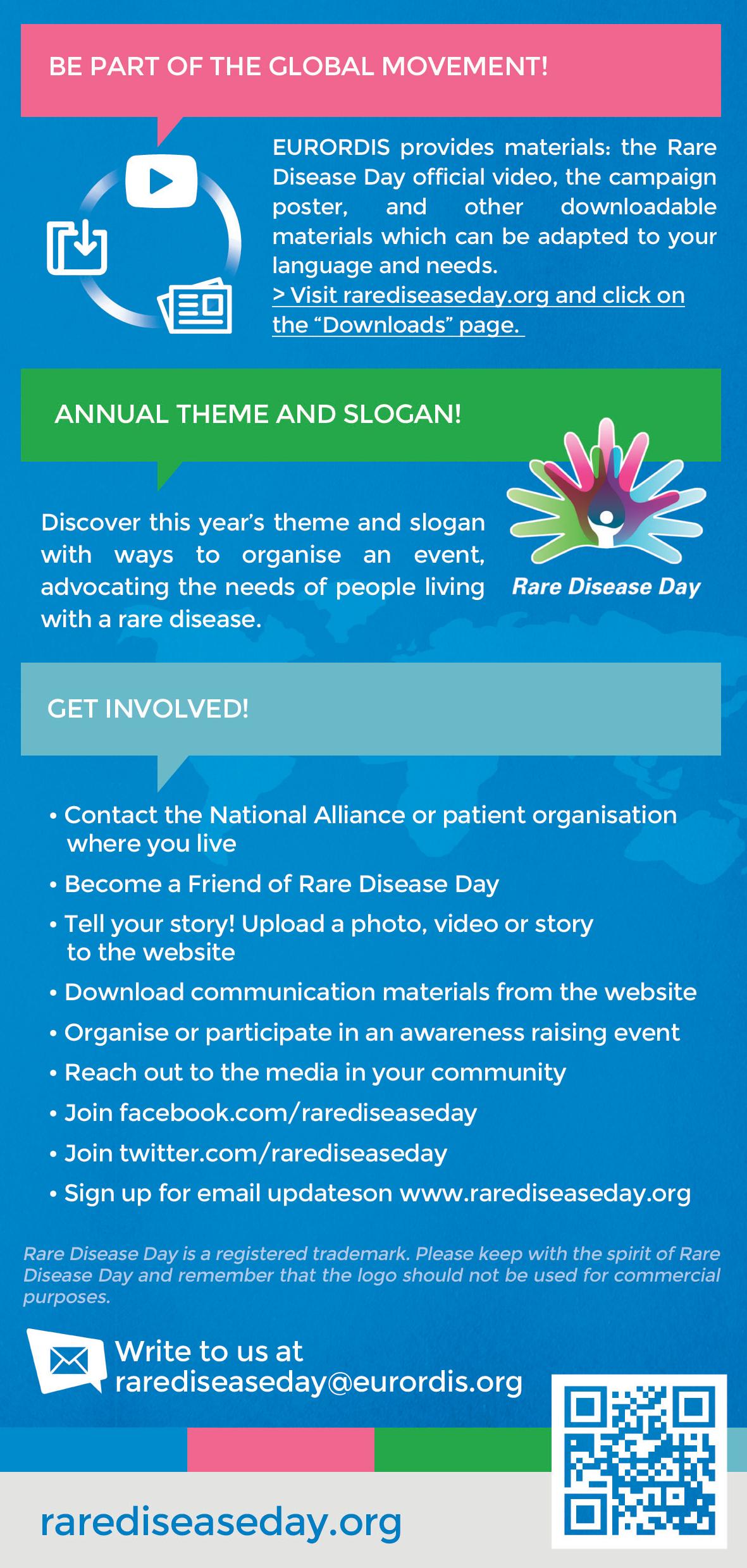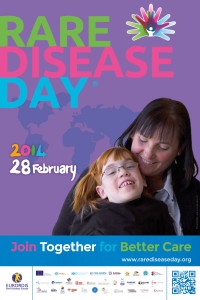If affects both men and women but is apparently 5 times more common in men. The incidence is unknown but is estimated to be between 1 in 50,000 and 1 in 100,000 live births.
Patients with Kallmann syndrome will have poorly developed secondary sexual characteristics and will almost invariably be infertile. The condition is genetic in origin but there is no one single gene defect responsible and 50% of cases have an unknown genetic origin.
Unless there is a family history of the condition or other symptoms present diagnosis is often not made until late teens or early 20’s when puberty has not started. Due to its rarity patients often have problems being diagnosed and are often classed as “late bloomers” or “late developers” well into their late teenage years or even beyond.
Low levels of oestrogen in females or testosterone in males leaves patients at high risk of developing osteoporosis or type II diabetes. While neither oestrogen or testosterone is vital for life the absence of these hormones affects the quality of life especially in terms of libido, sleep patterns and energy levels.
It is a pituitary condition where the underlying problem is a problem in the communication between the pituitary and hypothalamus within the brain which prevents puberty from occurring at the same time.
Treatments involve the use of hormone replacement; oestrogen & progesterone for females and testosterone for males. Fertility treatments are available for both men and women but these can be expensive and in the case of the men can take at least two years to be successful.
When treated there are no known long term adverse health effects with having this condition. However it can produce severe psychological effects depending on the age of diagnosis and treatment given due to:
Late diagnosis
Not developing at the same time as your peer group
Infertility
Lack of confidence in forming social and physical relationships
Difficulty in finding doctors who have heard about the condition and have treated other patients
Difficulty in finding other patients who you can communicate with
There are a number of other symptoms associated with some forms of Kallmann syndrome such as nerve deafness, mirror movements of the hands and facial / dental deformities. The range and severity of symptoms seen vary enormously from person to person and even two siblings will not have the same symptoms.




